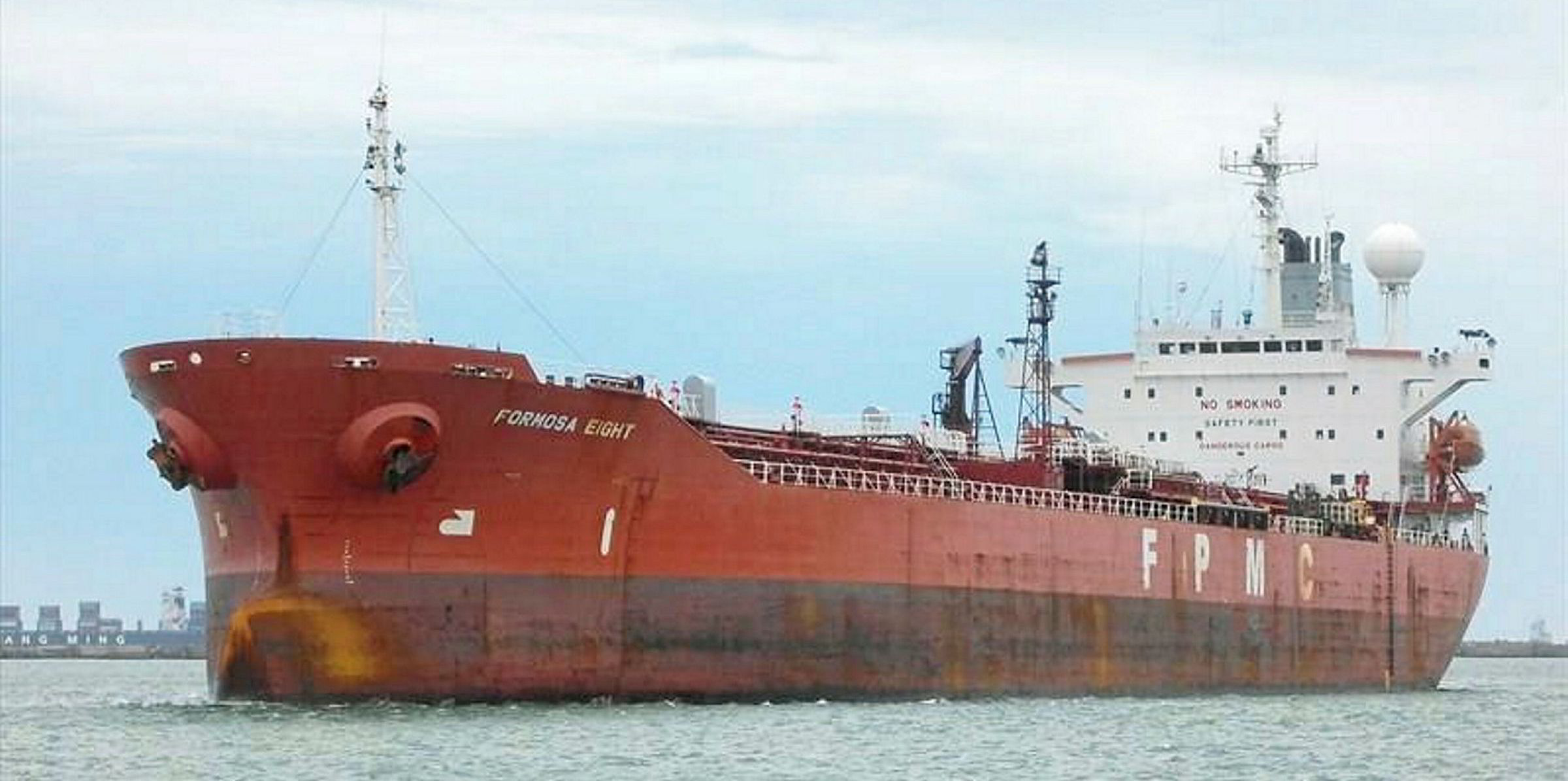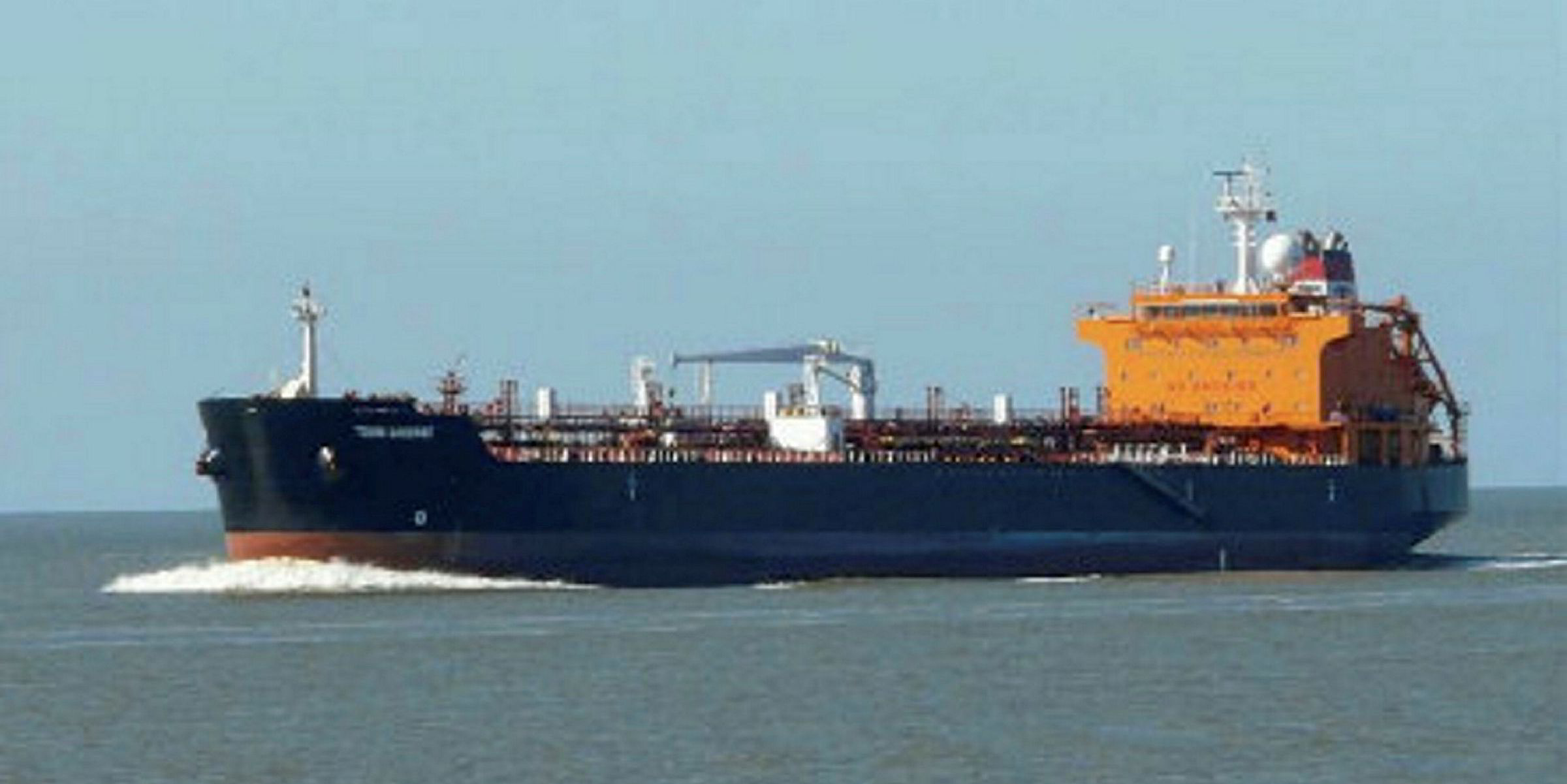Formosa Plastics Marine Corp (FPMC) has embarked on a large scrubber retrofitting programme while selling non-eco ships, according to sources familiar with the company.
The moves by the Taiwanese tanker owner are part of a strategy to handle bunker price risks following the implementation of the IMO sulphur cap in January.
TradeWinds understands almost 40 of FPMC’s ships will be installed with exhaust-gas cleaning systems supplied by ContiOcean and Yara Marine between 2019 and 2021, when many analysts believe scrubber-fitted tonnage will enjoy strong financial advantages.
“This is to benefit from the forecast marine fuel price spread,” one of the sources said.
He added that FPMC has in-house knowledge of the oil market through Formosa Petrochemical — Taiwan's largest refiner and a subsidiary of the Formosa Plastics Group (FPG).
IMO regulation
Under IMO 2020 rules, vessels need to consume 0.5%-sulphur fuels instead of high-sulphur fuel oil (HSFO), unless they are fitted with scrubbers.
Most market players believe scrubbers have been good investments so far, with HSFO running at a $220 to $350 discount to IMO-compliant fuels.
While FPMC vessels fill their tanks at Formosa Petrochemical, they are still exposed to the volatile bunker market when refuelling overseas, the source added.
Active seller
The scrubber programme has come in parallel with FPMC’s sales of a number of non-eco vessels in its fleet, whose high fuel consumption put them at a disadvantage with the IMO regulations pushing up average bunker costs.
According to TradeWinds' estimates, FPMC offloaded one VLCC, five feeder containerships, and 15 MR and LR1 product tankers in 2018 and 2019, making it one of the most active sellers in the secondhand market.
To a large extent, the sales were part of FPMC’s fleet renewal, according to some of the sources.
FPMC is due to take delivery of two 48,800-dwt product tankers from Guangzhou Shipyard International in the first half of 2020, having welcomed four sisterships last year.
Clarksons shows FPMC ordered four 19,900-dwt stainless-steel chemical tankers from Asakawa Shipbuilding in 2019.
But some sources said the company is also reducing its overall fleet due to strategic changes at FPG, whose main subsidiaries also include downstream producers Formosa Plastics, Nan Ya Plastics and Formosa Chemicals & Fibre.
With the group ramping down its container shipping business, FPMC now has only one feeder boxship. Half of its oil and chemical shipping business is related to the shipping needs of other FPG firms, in particular crude and naphtha imports of Formosa Petrochemical.
The other half is for external clients, such as spot charters for Formosa Petrochemical’s exports of petroleum products, and time-charter business.
“I think Formosa Petrochemical doesn’t feel it needs so many ships,” said a source. “It’s a group strategy, after some evaluation.”
While the sales came as tanker asset prices increased, “the transactions weren’t really timed with the market cycle on purpose”, the source believed.
FPMC now owns a fleet of 49 vessels in operation, including eight VLCCs and more than a dozen product tankers.
It is expected to take a break from the secondhand tanker market this year.
When the four Asakawa tankers are delivered in 2021, the company plans to sell the 35,621-dwt Formosa Eight (built 1996), 36,233-dwt Formosa Ten and 36,234-dwt Formosa Eleven (both built 1998) for scrap, the first source said.







